About the Souls Series
Dark Souls is one of the most important game titles in recent years, and even after more than a decade of its first release, it still holds a special spot in gaming history.
Created by Hidetaka Miyazaki, developed by FromSoftware and published by Bandai Namco, the Souls Series, as it became known by its fans, has currently three chapters, Dark Souls I, II and III, that put us in the shoes of the chosen one, an unknown cursed warrior who is destined to a journey full of hazards and unstoppable enemies in a world where no one ever dies.
That is where the big catch of the series resides, introducing a gameplay that, to get to the end, you will need to die many, many times and learn with your mistakes how to defeat your foes.
The titles bring a unique and rich lore, even with close to no dialogues, with most of its story being told through item descriptions and quick NPC interactions, and amidst the storytelling, many references and easter eggs to other titles can be found, many subtle while others, not so much.
In this article, we will take a look into the main references presented on each of the three titles of the series, including their DLCs.
Main References in the Souls Series
J.R.R Tolkien
Token’s work is undoubtedly the biggest of all influences of all modern pop culture, which are included not only games, but also in movies. TV shows, books and even music. With Dark Souls it couldn’t be any different, as we can mention the city of Anor Londo as one of the biggest examples.
Known as the city of the gods and home of Gwyn, the God of Sun, one of the most emblematic and known characters in the entire series, essential in the games’ lore and the final boss of Dark Souls I, also in some way being present in the final battle against Soul of Cinder, on Dark Souls III.
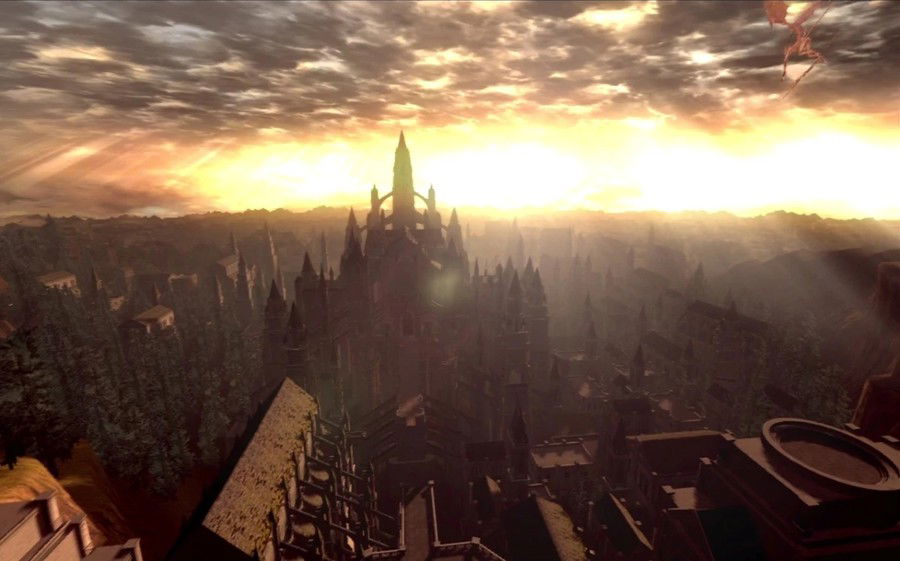
Anor is a word in the elven language created by Tolkian that, accordion to the elf dictionary, means Sun, and Londo can derive from Lond, that means haven. Therefore, we can assume that Anor Londo means literally City of the Sun, which is perfect for its lore.
Moonlight Greatsword
Present in every Souls series games and also in Bloodborne and Elden Ring, the Moonlight Greatsword is a long sword capable of projecting light strikes.
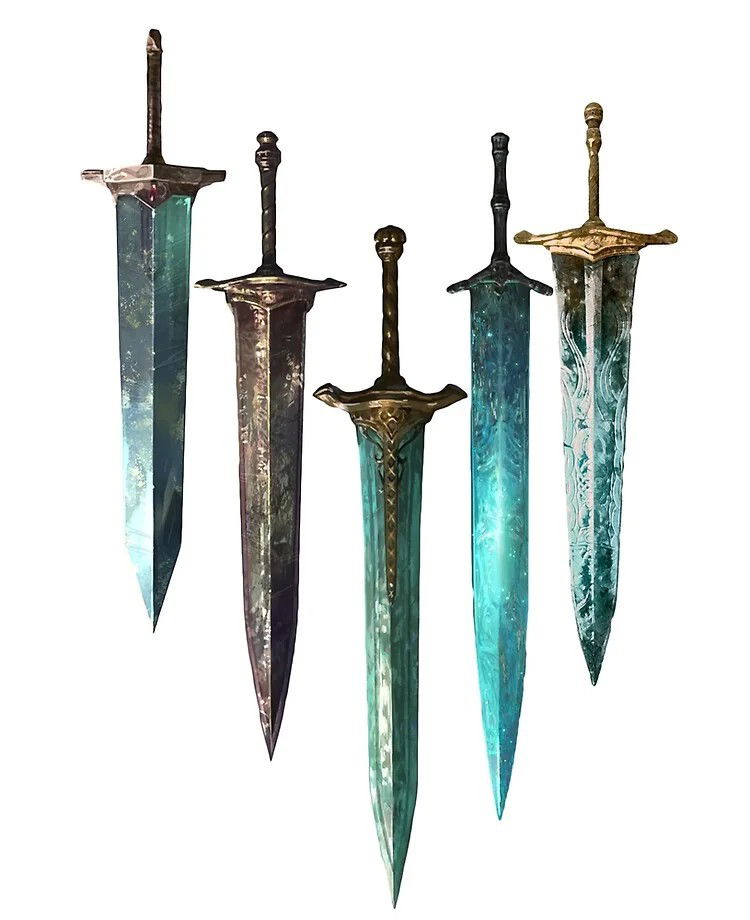
Its first appearance was in another game by the same company that developed Dark Souls, titled King’s Field, the first of another renowned series. Due to its importance in the game and in FromSoftware’s history, the sword has been featured in the company’s games since then.
Demon’s Souls
Known as Dark Souls’ predecessor, Demon’s Souls, which is many times included as a part of the series is, in reality, the main reference to everything that would be developed by FromSoftware from there on.
All the combat basis, mechanics, the way of introducing the lore, characters, enemies and environment, everything that composes not only the Souls series, but its successors such as Bloodborne, Sekiro and Elden Ring, have their origins in Demon’s Souls while polishing them accordingly to the titles. It’s from this game, by the way, that the name Soulslike, used to classify many games with the same style of gameplay and aesthetics, got famous.
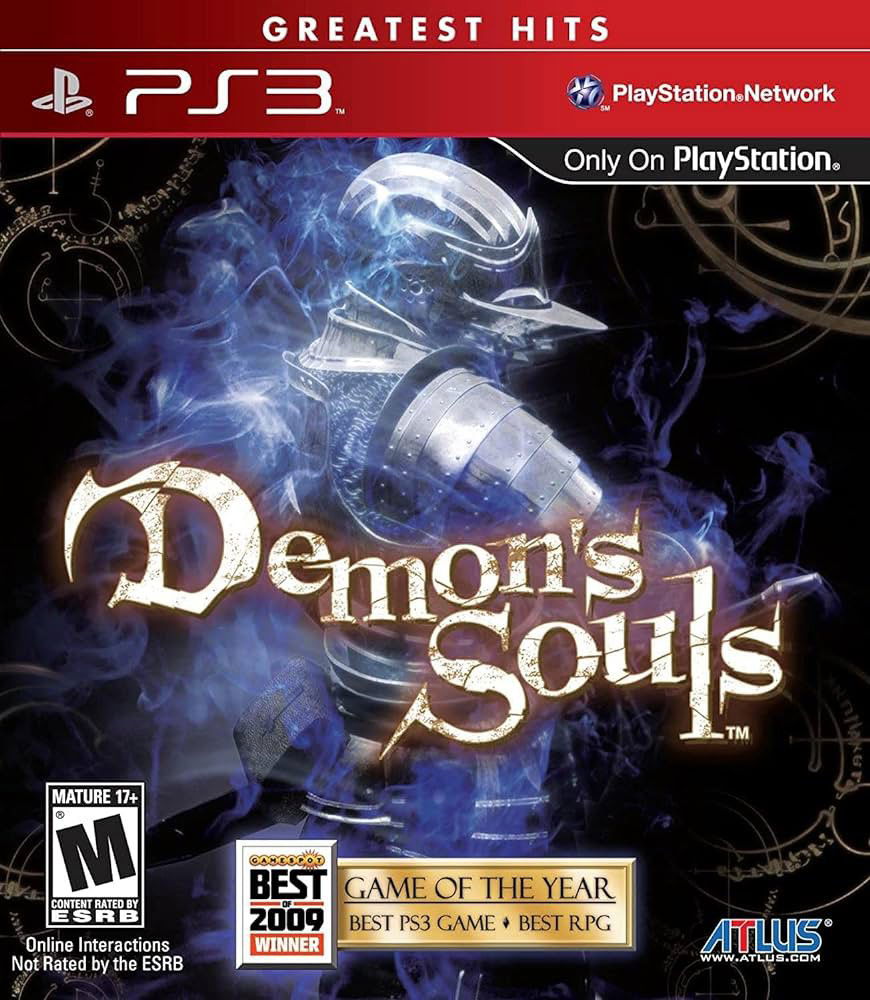
Bloodborne
On the expansion Artorias of the Abyss, there is an NPC named Marvelous Chester, who has a quite odd appearance if compared with what we usually see in Lordran.
Marvelous Chester has outfits that highly resemble the Hunter Set fom Bloodborne, and he alleges not belong to that place himself. Considering that you end up on that place using a portal, it is not hard to imagine that a portal in Bloodborne has brought Chester and the character is a hint for what FromSoftware had in mind for the future.
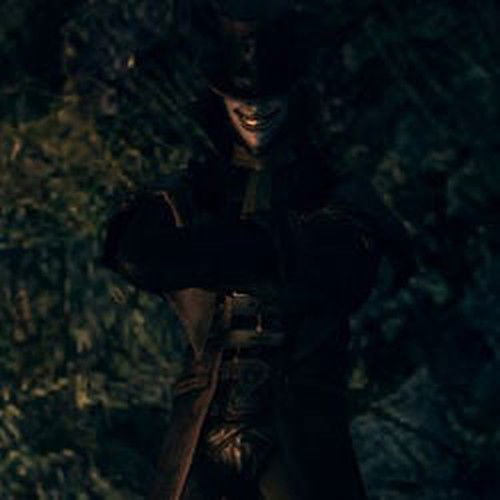
Alice in Wonderland
The catch here is not so much on the spot, but throughout the Artorias’ storyline, there are some curious looking figures that resemble a lot that of characters and elements that are present in Alice in Wonderland, such as the talking cat Alvina, who we meet at Darkroot Garden, where we face Syf.
On this place, it is also possible to find the Mushroom People, humanoid beings that look like fungi with legs. Talking cats and mushrooms are recurring elements in Alice in Wonderland’s story, written by Charles Lutwidge Dodgson.
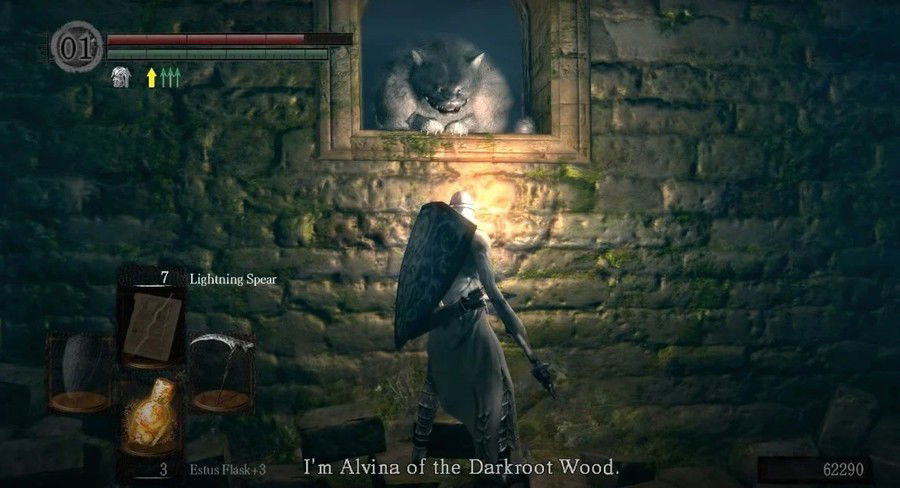
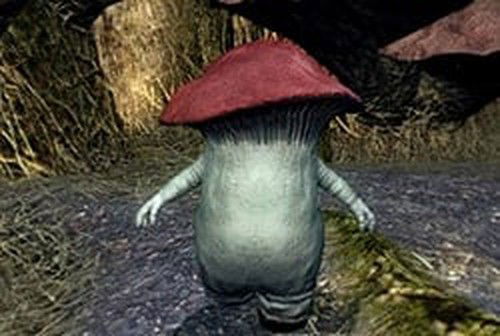
Marvelous Chester can also be a reference to the Mad Hatter, another very famous character from Dodgson’s book.
Berserk
This is where we get to the biggest part of the article, where I believe that most of the references are present.
It’s undeniable that one of the biggest inspirations for Dark Soul’s lore and storytelling comes from the Berserk manga, by author Kentaro Miura, that is widely known as one of the best manga masterpieces of all time and that is still ongoing.
The games take place in a dark fantasy world with an art style very similar to Miura’s, there are many items, places and characters in the series that show strong references, proving how important this mangaka’s work was to the developers.
One of the biggest references is in the Artorias of the Abyss DLC, available on the Prepare to Die edition of the first game of the series. Artorias, just like Guts from Berserk, is a warrior with a huge sword who ends up being cursed and fights in a bestial form. His movements and attacks on the gameplay also resemble Guts’ movements a lot when the latter fights on his form possessed by the Berserker Armor.
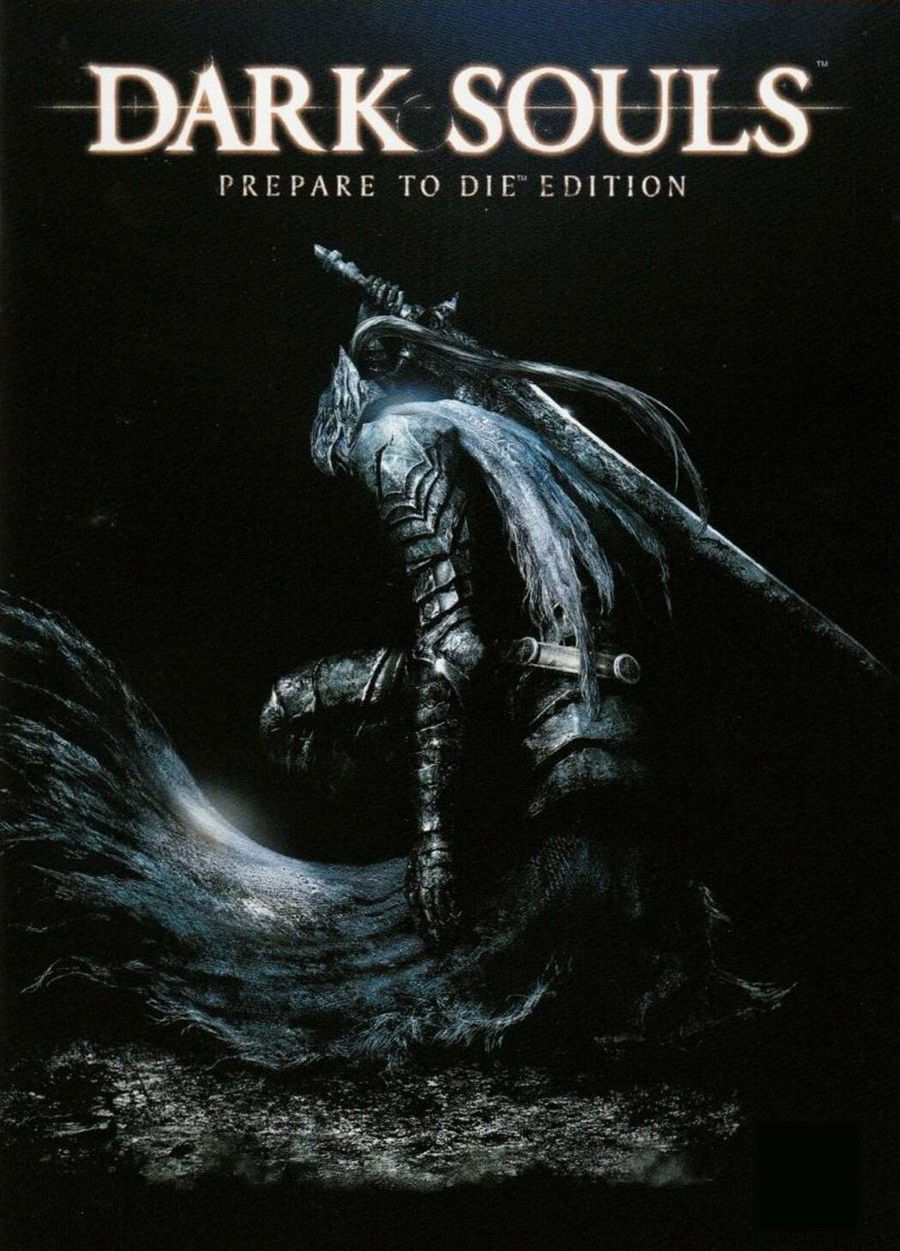
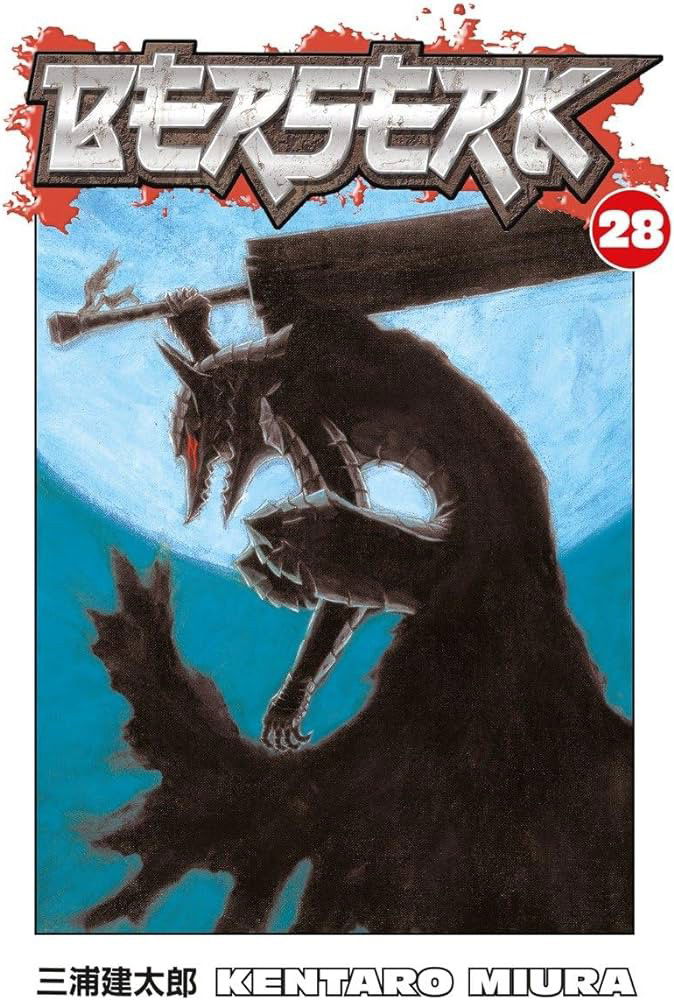
And if Artorias is a direct reference to Guts, Gwyndolin, son of the God of Sun Gwyn from Dark Souls, is a clear reference to Griffith, Berserk’s antagonist.
Dark Sun Gwyndolin has the same white hair and delicate facial traits as Griffith and both are essential characters within their universes. Besides that, Gwyndolin has a strong connection with the moon and his Dark Sun title fits perfectly with Griffith, who became the demon Femto during an eclipse and is deeply connected to the moon in Berserk.
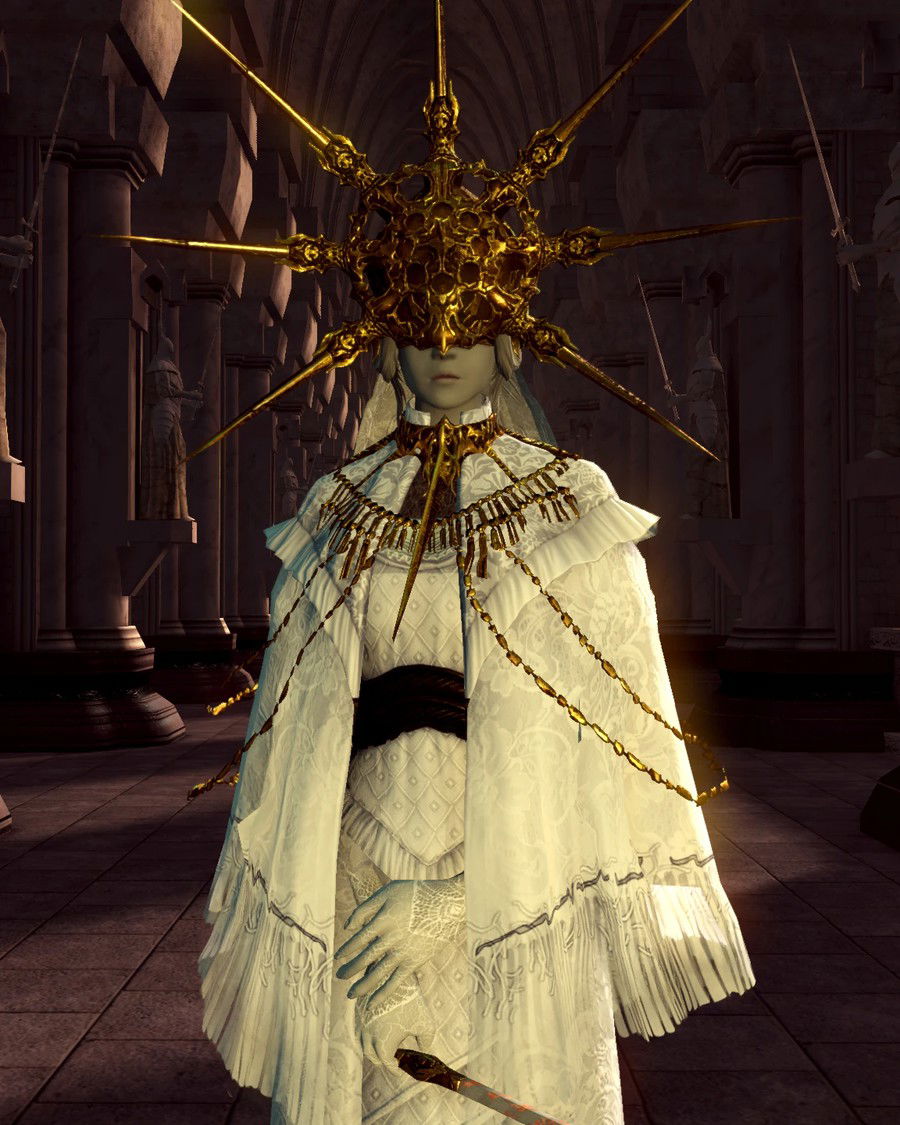
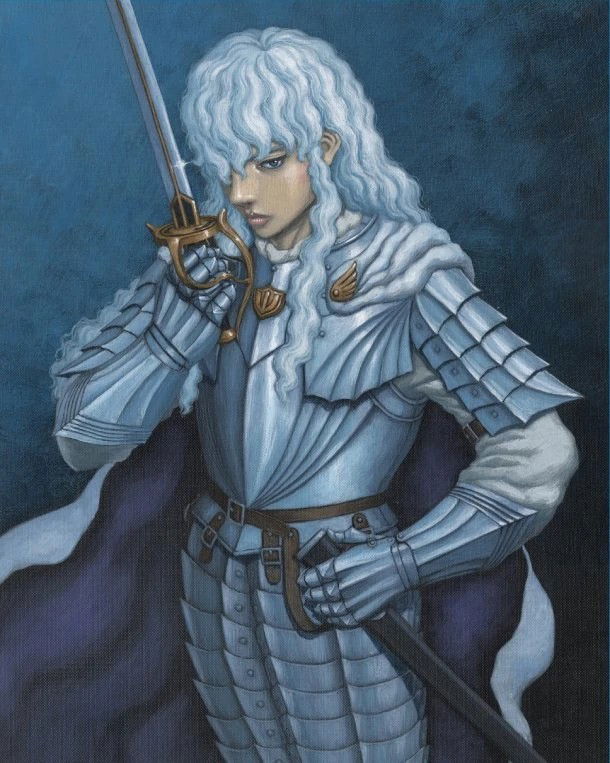
Still on the topic about Griffith, we have a reference to the Crimson Behelit, a strange object that the leader of the Band of the Falcon carries through the Golden Age arc that, later, it’s revealed to be some kind of cursed amulet that kicks off the sacrificial ritual that turns Griffith into Femto. In Dark Souls, the Red Eye Orb is an item that can be used to invade other players’ worlds and access the game’s PVP mode.
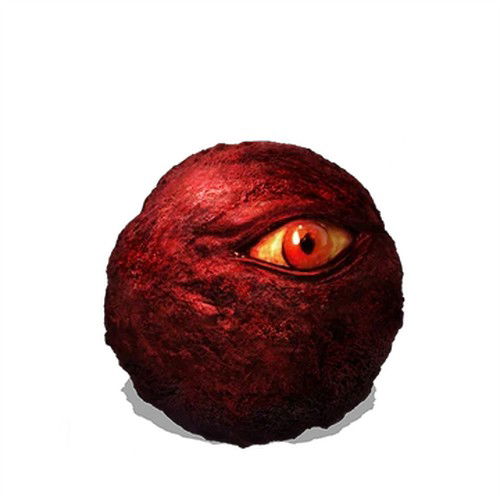
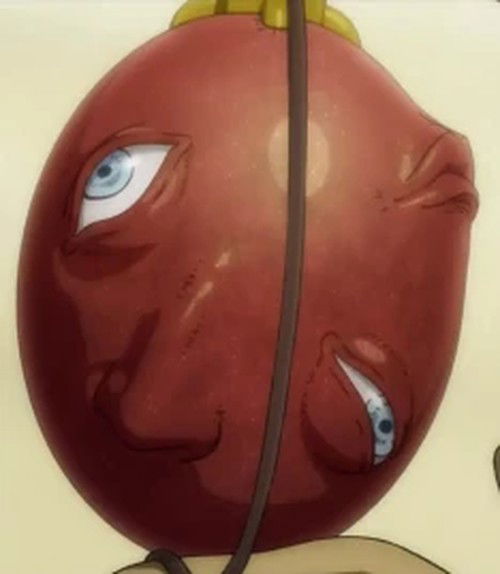
The Stigma of the sacrifice is one of the most emblematic elements in Berserk, a symbol that was marked in Guts and cursed him to be eternally followed by the apostles of the God Hand and by every imaginable catastrophe as well. In Dark Souls, we are introduced to the Dark Sign, a mark that afflicts the undead, cursing with eternal life, losing traces of their humanity each time they die until eventually, they become souless zombies.

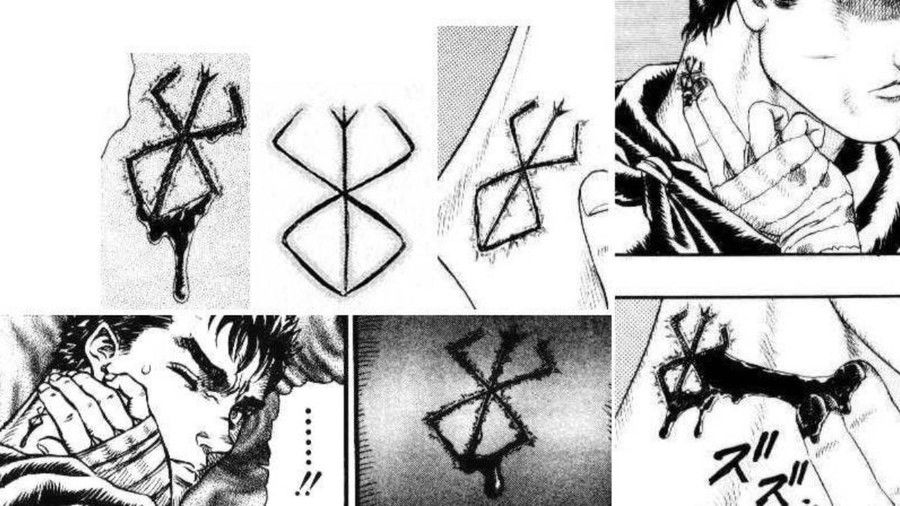
Another clear reference to the work is the blacksmith Andre of Astora, who we meet in Dark Souls I and III. He looks a lot like Godo, the blacksmith that forged the Dragonslayer sword and all Guts’ arsenal in Berserk. Both are master smiths and beloved characters by each of the titles’ fans.
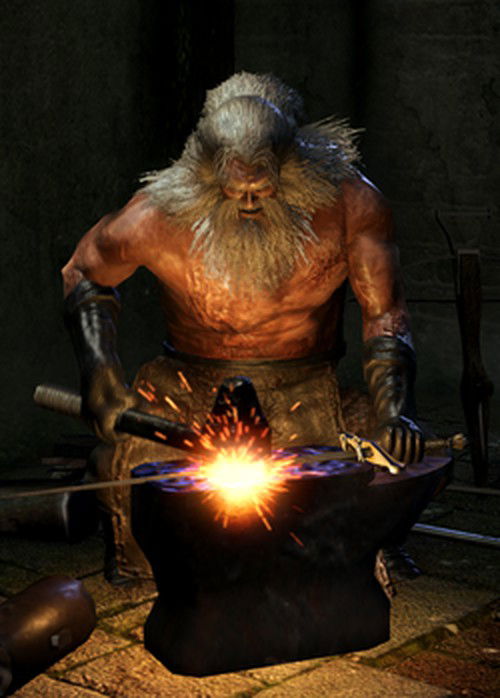
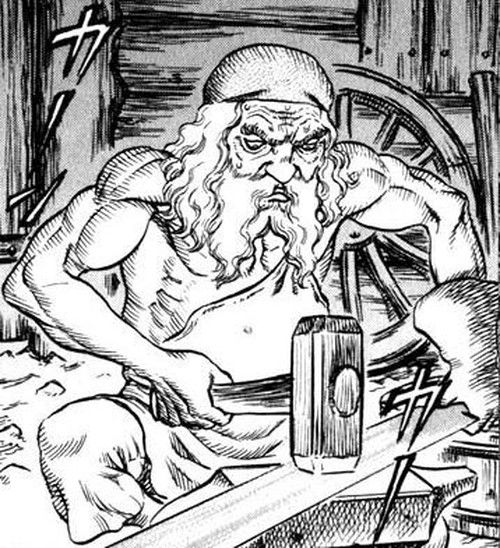
Yet another reference to Berserk, I couldn’t end this session without mentioning Moonlight Butterfly and her huge resemblance with Rosine, one of the apostles that Guts faces in the manga. Moonlight Butterfly is a boss found in Dark Souls I and, even though is not known for being too difficult, is certainly known as one of the biggest references to Berserk in the series.
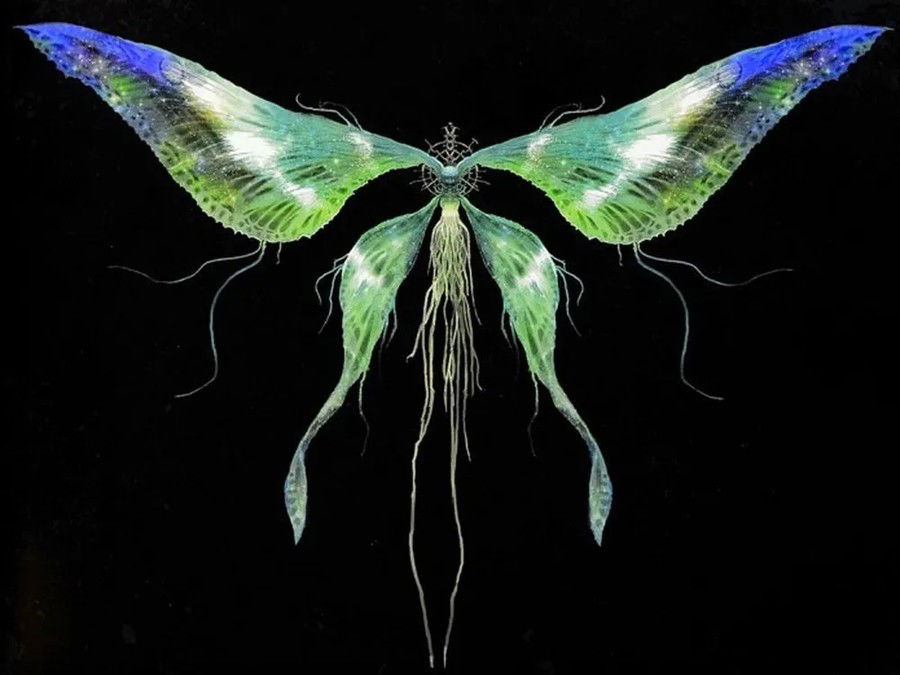
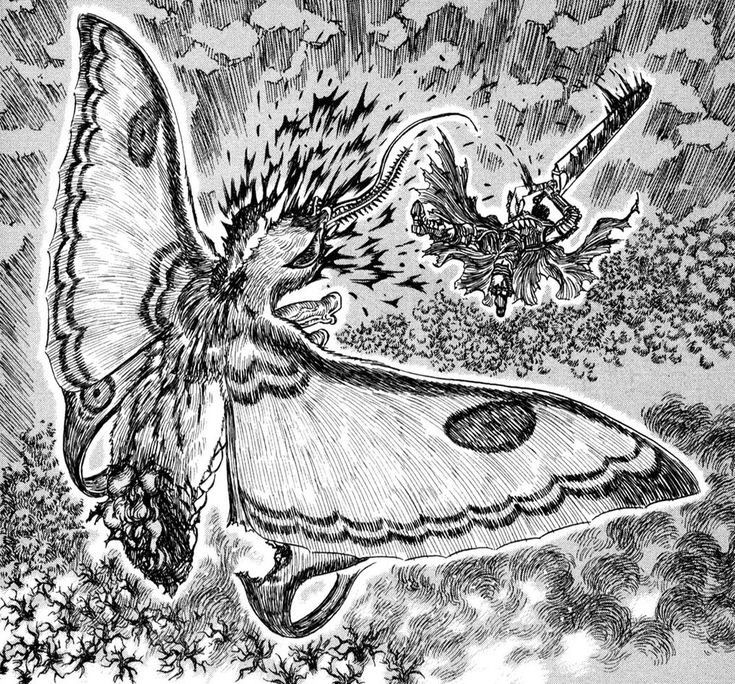
There are still many other references to Miura’s work throughout all the series of games.
Final Thoughts
Dark Souls is a checkpoint in gaming history, rescuing many classic aspects, reinventing them and presenting them back with new content for its players. There is no denial that its lore is one of its most interesting points, where the references have a fundamental role.
There are still many easter-eggs in Souls series games, and we barely even reached half of it, but I tried to bring the main ones here for our readers.
Here I finish one more article. Leave your doubts, suggestions and/or criticism in the comments and I shall try to answer them all.
Comment also if you would like to read more articles like this, and I’ll be happy to write even more about Dark Souls. Thanks for reading, and until next time.









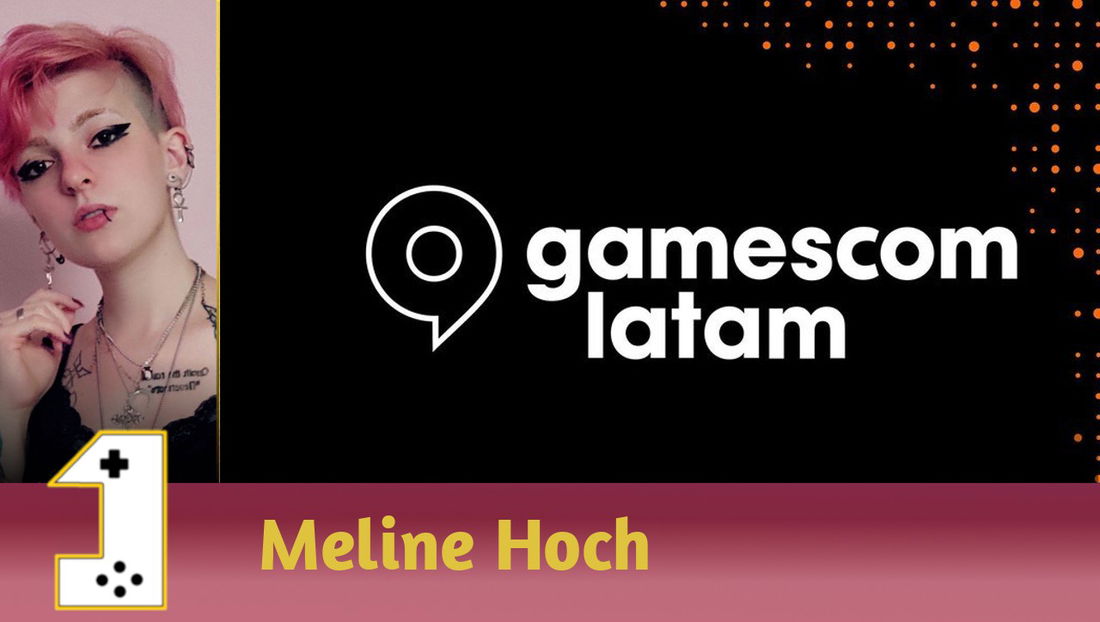
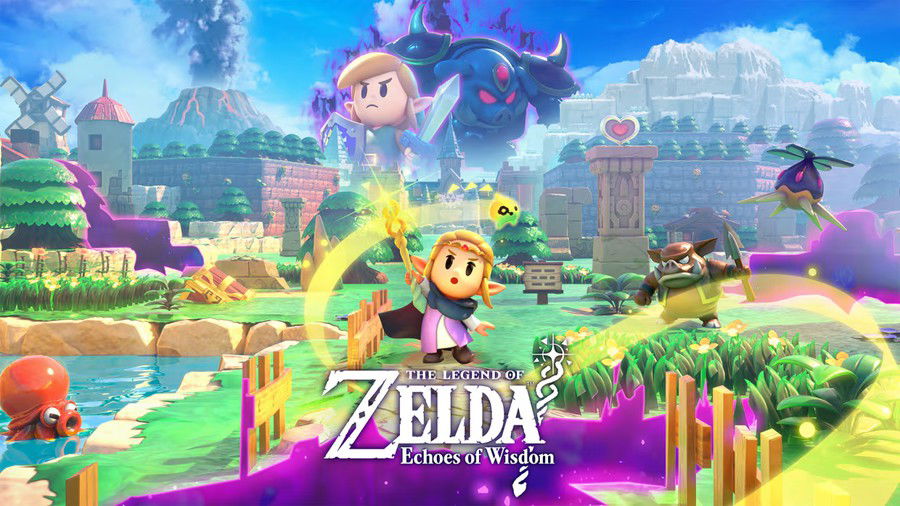



— Comentários 0
, Reações 1
Seja o primeiro a comentar